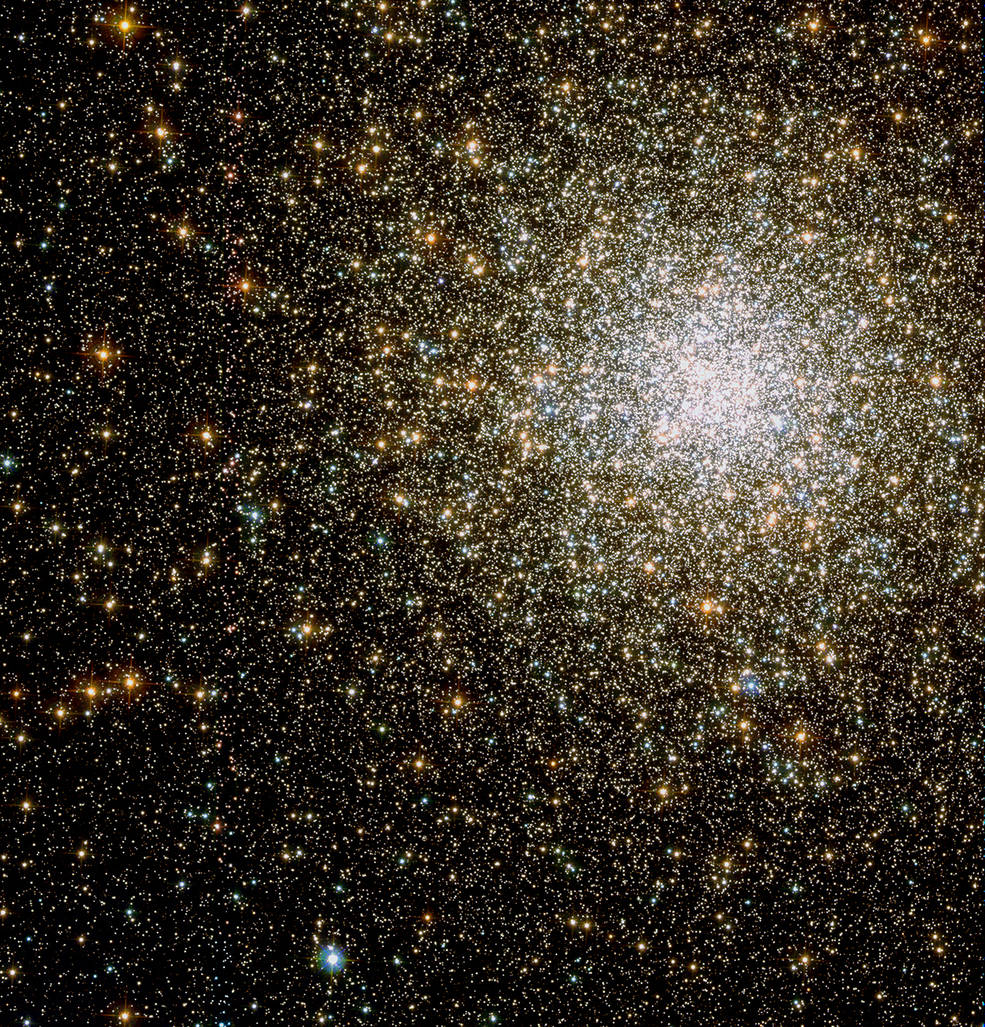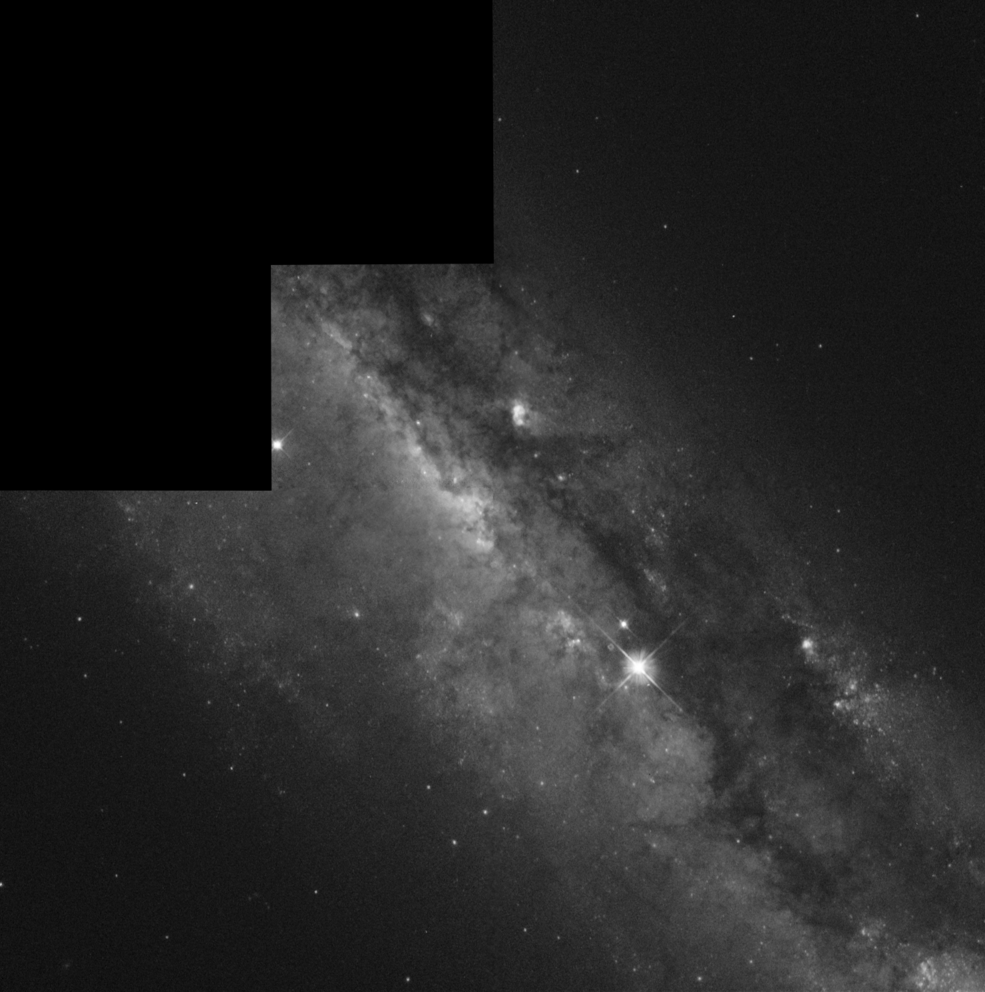March 2018 will feature a celestial treat for people living in the northern hemisphere, with hundreds of galaxies, nebulas, and star clusters visible and in alignment.
NASA, in an Instagram post, announced 110 nebulas and galaxies will be seen this month. This includes Messier objects, noted the post.
The event can be witnessed with the naked eye if the night sky is bright enough. A decent pair of binoculars will otherwise do the trick, according to the space agency. Advanced telescopic instruments, however, are likely to offer the best possible views.
To commemorate this event, NASA recently released a whole gallery of never-before-seen images of Messier objects. French astronomer Charles Messier, after whom the star clusters got their name, was known for his "Catalog of Nebulae and Star Clusters," said NASA.
This catalog of deep space objects was reportedly made by Messier for comet hunters. An avid comet-hunter himself, he wanted to help others save time by pointing out what to look for and what to avoid in the night sky. He wanted to help other astronomers save time and stay away from objects that were not comets.
The image from the post is Messier 90 — a spiral galaxy with about a trillion stars in deep space — about 59 million light-years away, noted NASA.
Situated in the Virgo cluster, this galaxy — unlike most others — is actually moving towards the Milky Way and away from the Virgo cluster, said NASA.
This image was captured by Hubble in multiple wavelengths including visible light, infrared (IR), and ultraviolet (UV).
Messier's work, mostly on objects that can be seen only from the northern hemisphere, is fascinating because these objects can be seen in great clarity using advanced optical telescopes, but are also bright enough to be seen through relatively small telescopes.
That makes the Messier objects of great interest to both amateur and professional astronomers, according to NASA.
NASA pointed out that it can be relatively easy to spot the space objects this March using telescopes or even a really good pair of binoculars. The space agency also invited astronomers to use their data to find deep-space objects.
Comparing them from Hubble's point of view and the images that are available online, one could deepen the understanding and appreciation of these celestial bodies.




















